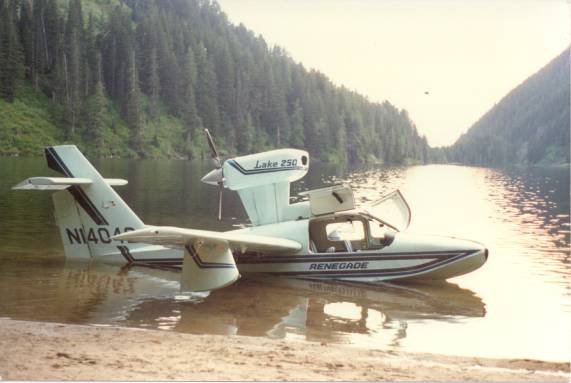The dog wasn't around to set everyone straight....
Our current dog wasn't, you're correct. He wasn't born until 2004. The dog we had then (same breed) was an expert on salmon trolling and halibut fishing but he didn't know squat about running a boat and had no interest whatsoever when we bought the Grand Banks cabin cruiser. It wasn't a fishing boat, so he couldn't have cared less about it.









